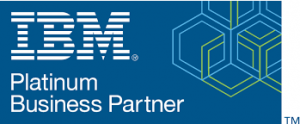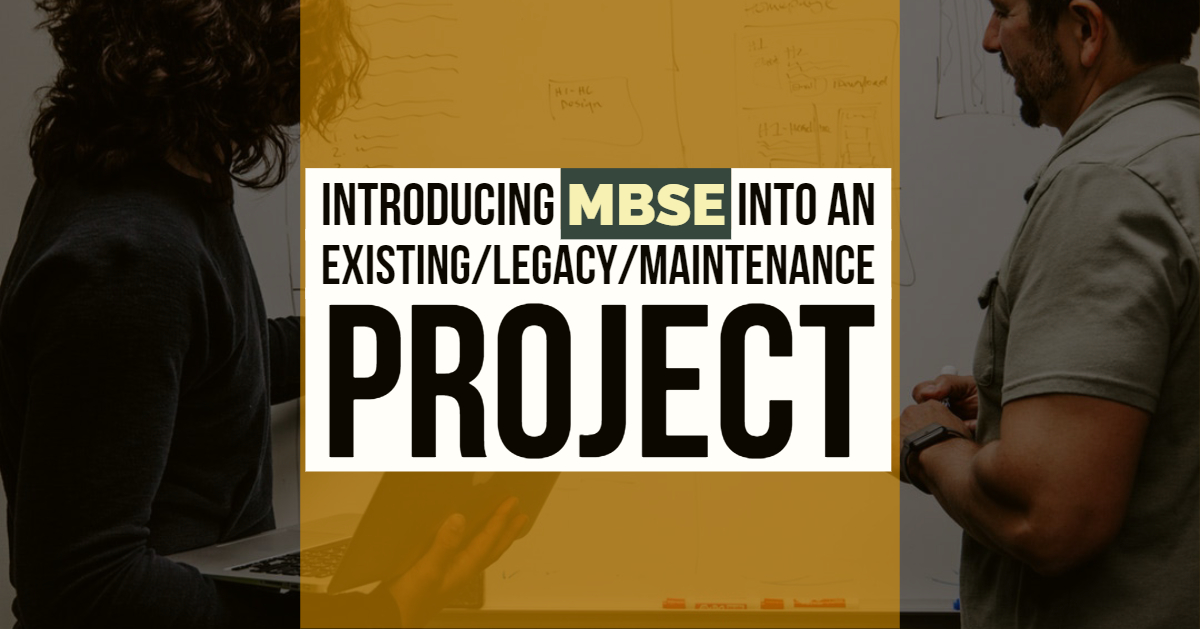Training | IBM Rational Rhapsody Model Based Systems Engineering Workflow

This online learning path introduces viewers to developing both Systems and Software using Model-Based Systems Engineering (MBSE) and Model-Driven Development (MDD) techniques.
It explains the advantages of moving from text-based to model-based descriptions and describes how the workflows development teams use today dove-tails with and are augmented by using visual models. Topics include modeling requirements, modeling structure, and modeling behavior.
Rhapsody Learning Path
(Part 1) Why Model?
(Part 2) A Little about Process
(Part 3) SysML Diagram Overview
(Part 4) Modeling Requirements
(Part 5) Modeling Use Cases
(Part 6) Refining Use Cases with Activity Diagrams
(Part 7) Modeling Structure
(Part 8) Modeling Behavior
(Part 9) Modeling Best Practices
Featured Story
How to Introduce MBSE into an Existing Project?
Methodologists have devised many workflows for building Systems Engineering models. Methodologies including Harmony aMBSE, the MBSE Consulting and Training Method, and Object Oriented Systems Engineering Method (OOSEM) do a very good job leading the Systems Engineer from a clean sheet of paper to a completed Systems Engineering model that is ready for hand-off.–But what do you do when the system already exists?
Whitepaper: Optimizing the Engineering lifecycle requires Digital Transformation
Customer and market demands are driving the need for companies to overhaul their old methods for newer, more agile processes that optimize the entire engineering lifecycle. Learn how to overcome modern engineering challenges by downloading this whitepaper.




